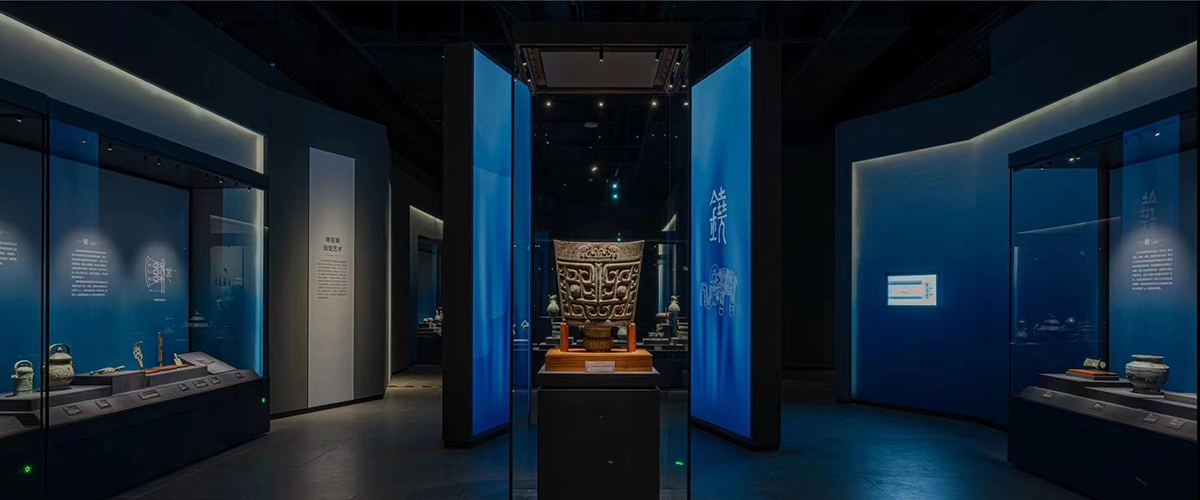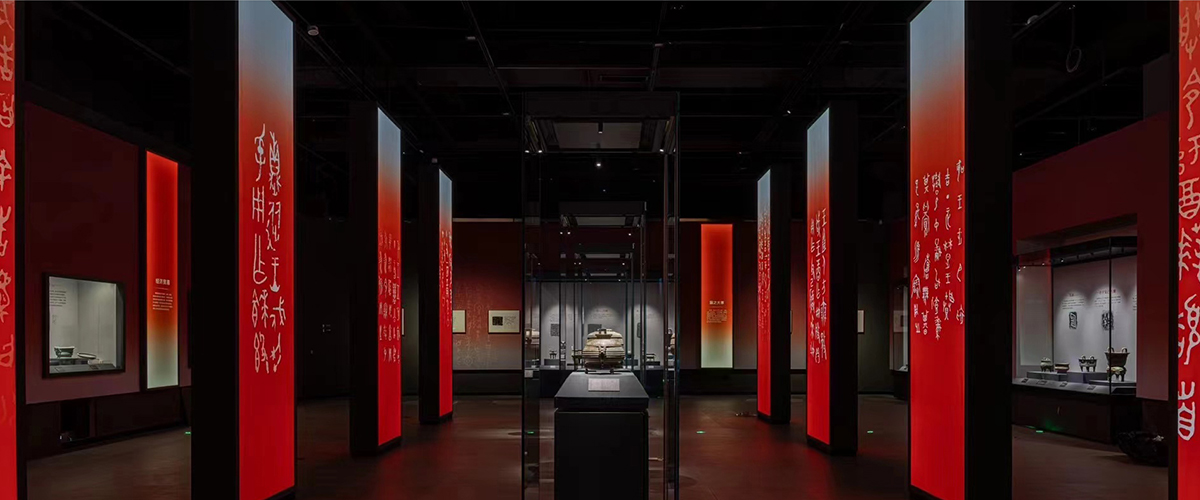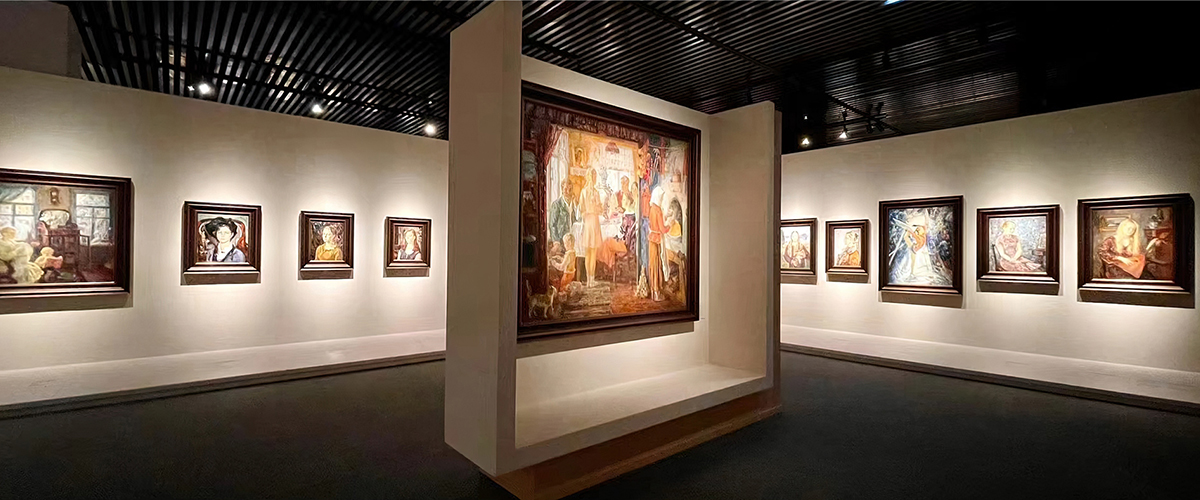Lighting is a critical yet often overlooked element in museums, galleries, and heritage sites. Poor lighting can fade pigments, damage artifacts, and distort viewer perception, while optimal lighting enhances color accuracy, texture, and emotional impact.
This guide explores the cutting-edge technologies, standards, and design principles behind museum-grade lighting, supported by real-world case studies and technical data.

· UV/IR Radiation Damage
- UV rays cause fading in textiles, paintings, and organic materials (e.g., Van Gogh’s yellows fading due to excessive light exposure).
- IR radiation increases surface temperature, accelerating chemical degradation.
- Solution: Filters (<10 µW/lumen UV, IR blocked by dichroic reflectors).
· Lux Level Control
- 50 lux max for sensitive works (watercolors, ancient manuscripts).
- 150-200 lux for oil paintings and sculptures.
- 300+ lux for metal/stone artifacts (less light-sensitive).
· CRI (Color Rendering Index) ≥98 required for true color perception.
· TM-30-20 (Rf/Rg) metrics now supplement CRI for richer reds and deep blues.
· Glare Control: UGR <16 for viewer comfort.
· Tunable White LEDs
- Adjustable CCT (2700K–6500K) to simulate daylight or warm gallery tones.
- Example: Rijksmuseum uses 3500K for Rembrandt’s Night Watch.
· Zero-UV LED Engines
- Special phosphor coatings block 100% UV emission.
- Brands: Erco, Xicato, Philips ArtGrade.
· Asymmetric Lenses
- Prevent light spill on adjacent artifacts.
- Example: Louvre’s Narrow 10° beams for delicate sketches.
· Museum-Specific Track Systems
- Low-Voltage Rails (24V) for flexible adjustments.
- Magnetic Modular Heads (e.g., iGuzzini’s Laser Blade).
· Automated Dimming
- Motion sensors reduce lux when no visitors are present.
- Example: British Museum’s Egyptian Gallery saves 30% energy.
· Li-Fi (Light Fidelity) Trials
- Transmitting exhibit data via modulated light (e.g., Prado Museum pilot).

| Standard | Purpose | Key Requirement |
|---|---|---|
| CIE 157:2004 | Museum lighting guidelines | UV content < 75 µW/lm |
| ISO/TC 42 | Cultural heritage conservation | Annual light dose limits |
| DIN 5035-10 | German gallery lighting | CRI ≥ 95 for art displays |
· Challenge: Balancing conservation with visitor experience for Mona Lisa.
· Solution:
- CRI 99 LEDs with 0% UV.
- Dynamic Dimming: 180 lux (peak hours) → 50 lux (off-peak).
- Anti-Reflective Glass to reduce glare.
· Result: 40% less annual light exposure while improving visibility.
· Graphene Coatings: Block UV without reducing lumens.
· Self-Healing Optical Films: Resist scratches in high-traffic areas.
· Machine Learning Algorithms: Adjust lighting based on crowd density & daylight ingress.
· Predictive Conservation: Calculate cumulative light damage in real-time.
· Circadian-Tuned Galleries: Mimic natural light cycles (e.g., Van Gogh Museum’s sunrise simulation).

Museum-grade lighting is a fusion of conservation science, optical engineering, and smart technology. By adopting UV-free LEDs, precision optics, and IoT controls, modern museums can preserve history while enhancing visitor engagement.
Need expert guidance on your lighting project?
Contact our conservation lighting specialists for a free consultation.
Previous: Cylinder Lighting Solutions for Commercial & Residential
Next: Linear Lighting: The Definitive Global Guide to Design, Technology & Trends